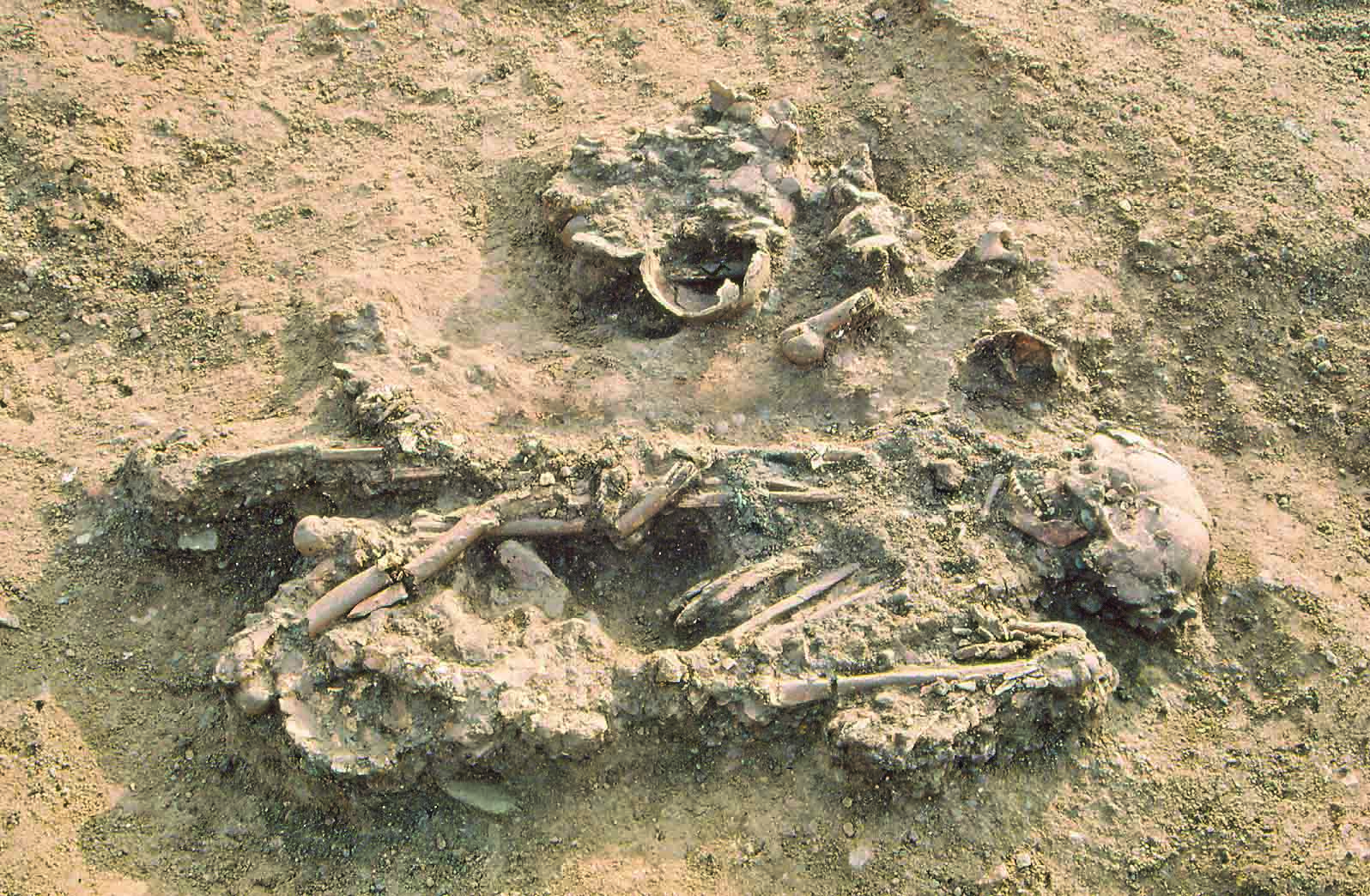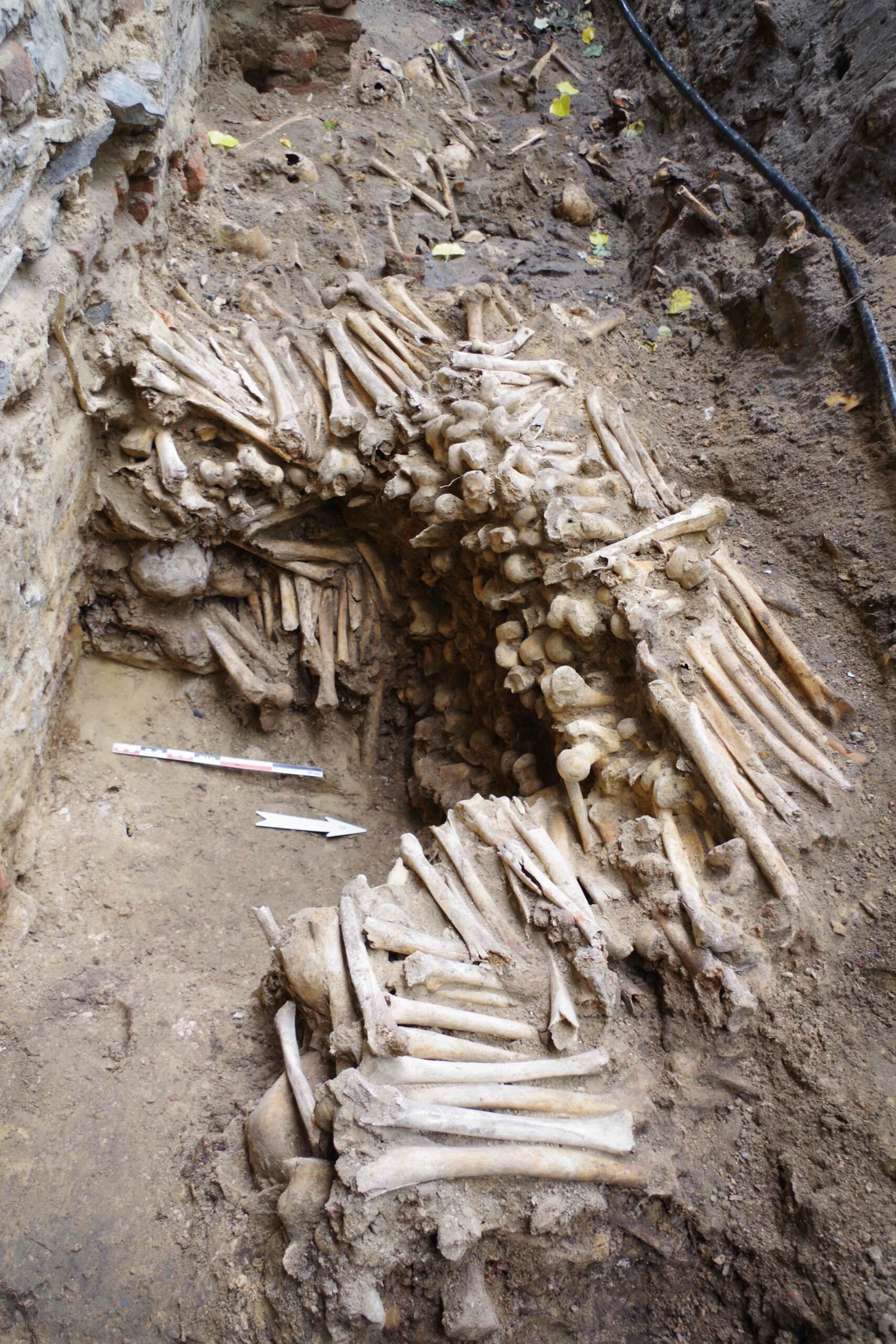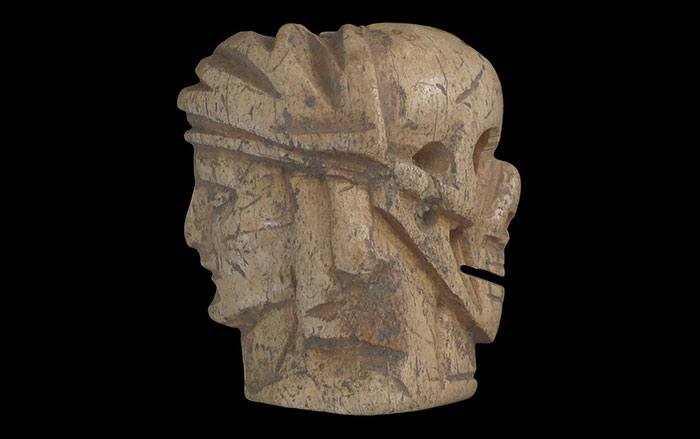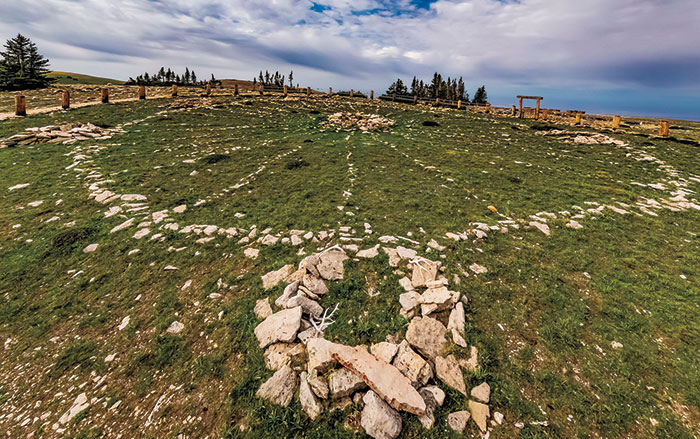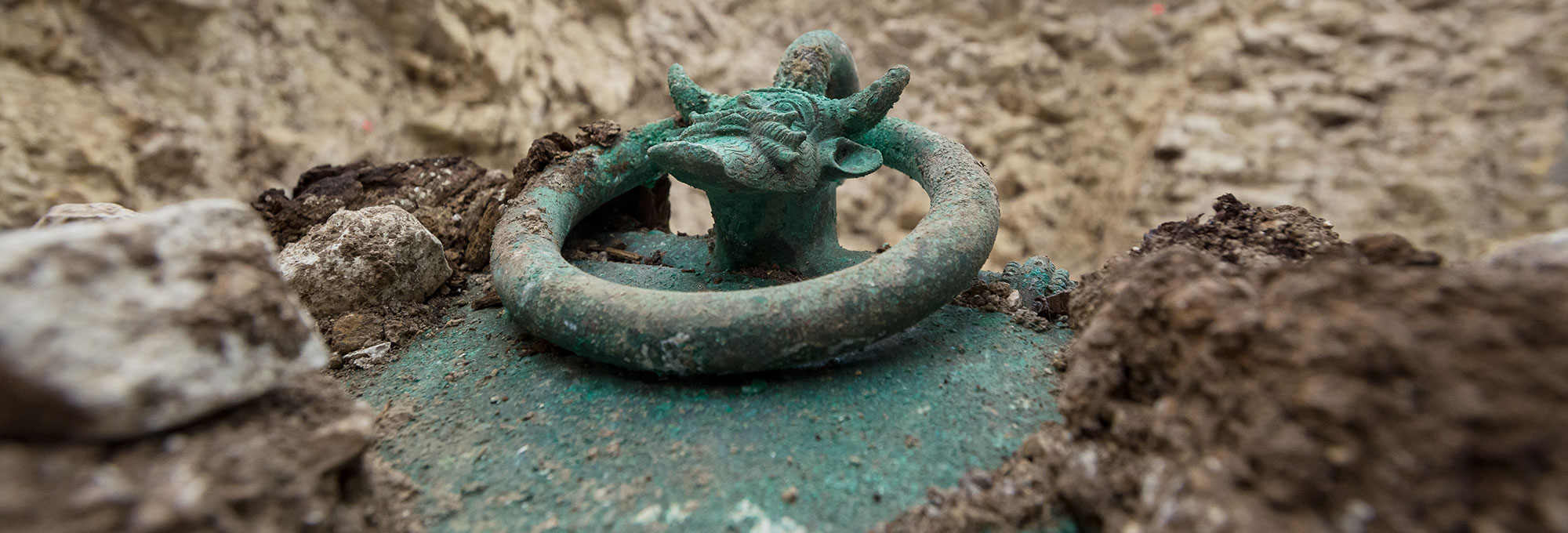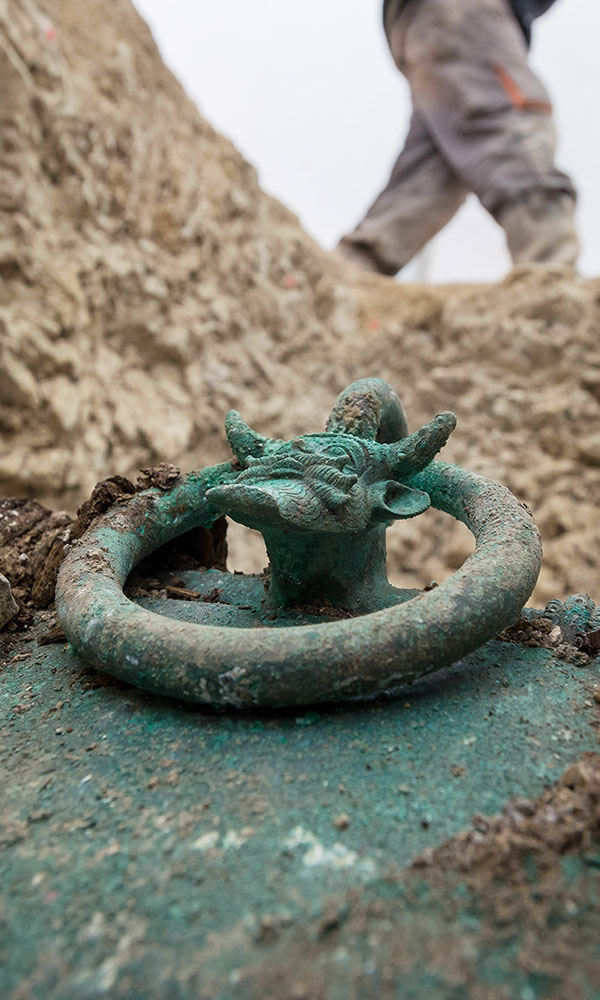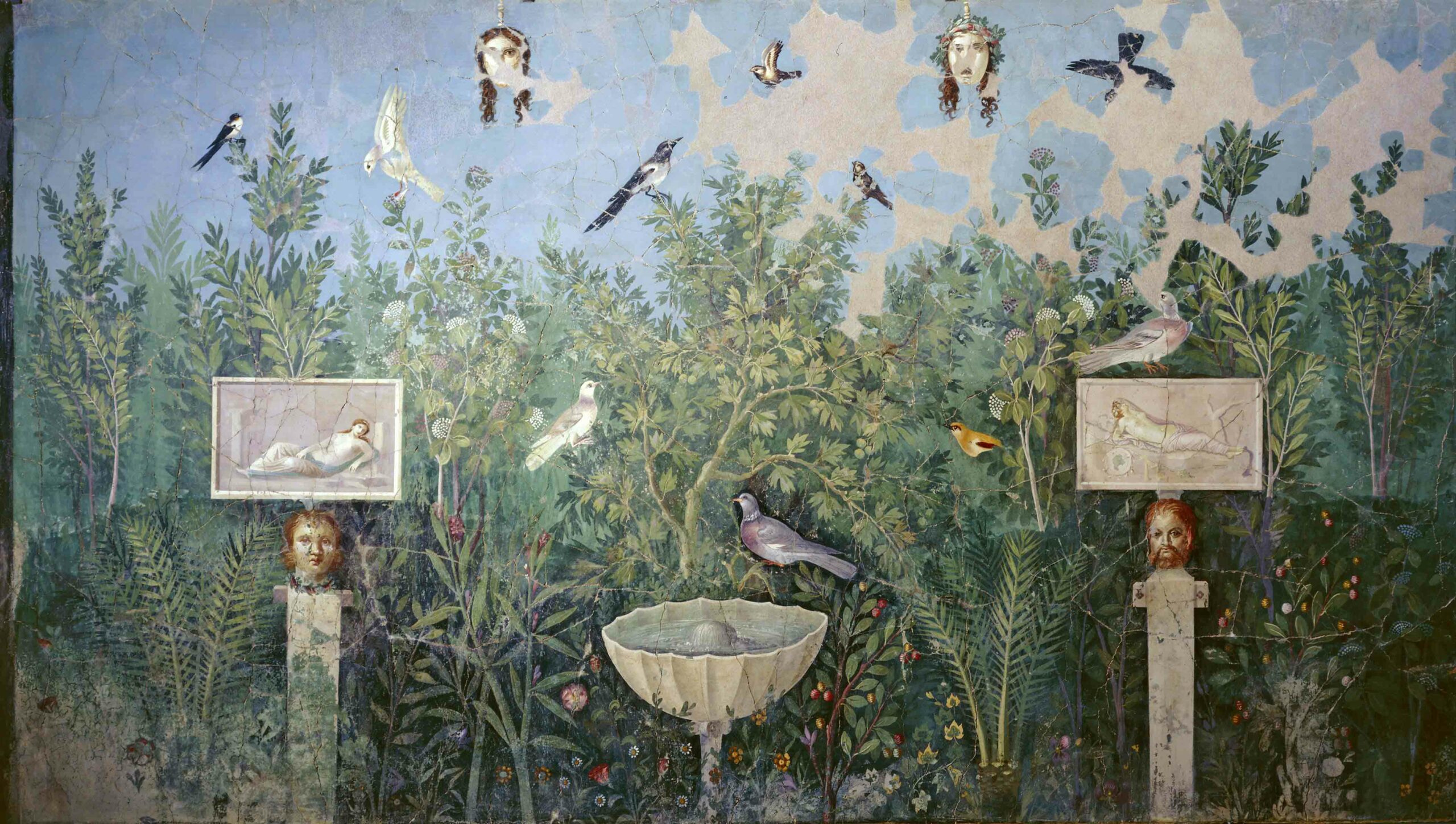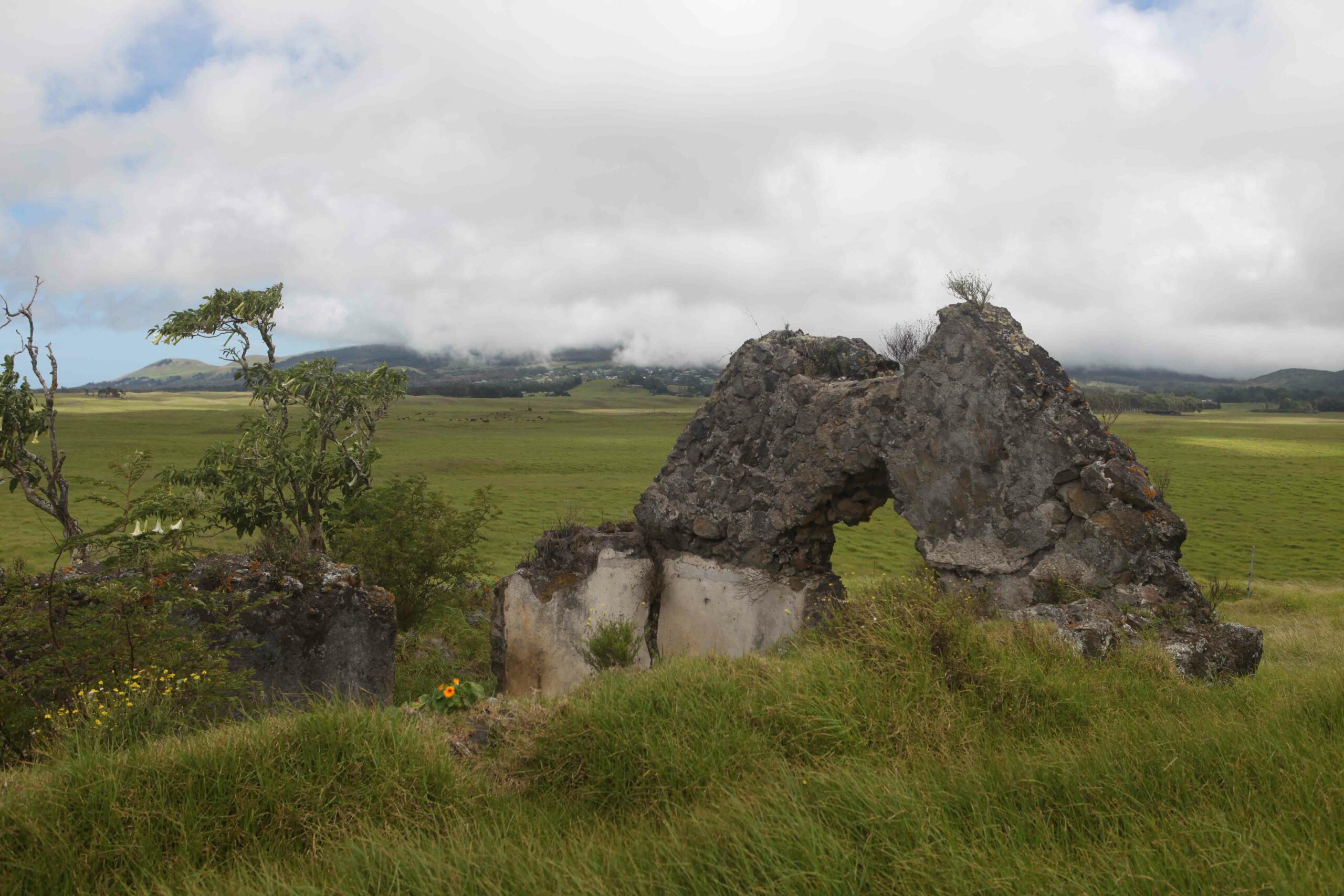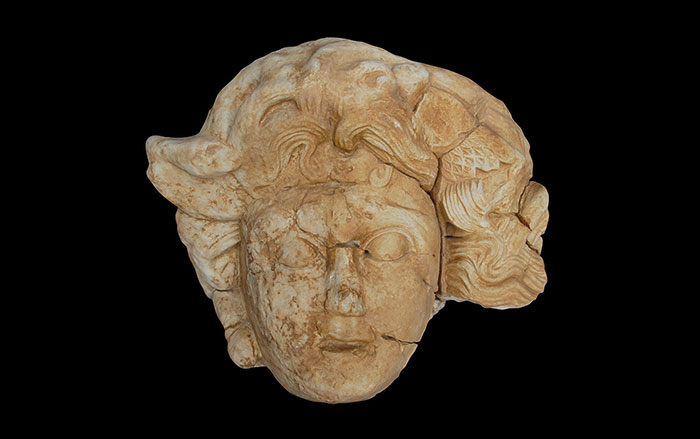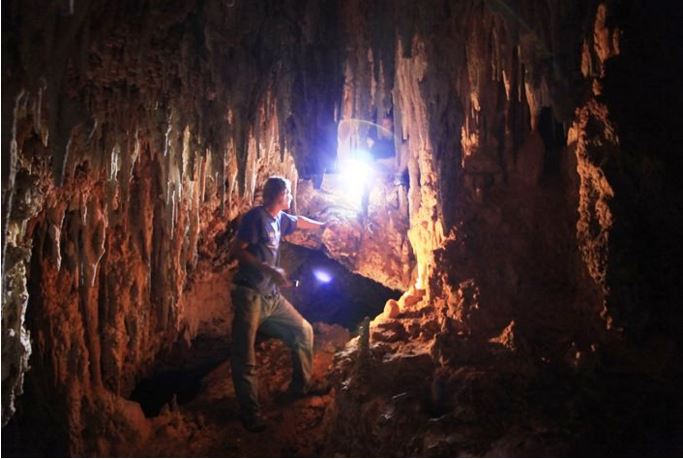
MANCHESTER, ENGLAND—A team of scientists from the University of Manchester and the College of Charleston have developed and tested a technique to determine if a bone specimen is suitable for use in radiocarbon analysis. The process of radiocarbon dating requires collagen, which may have deteriorated even in an otherwise well-preserved specimen. “Our new method has so far exhibited a 100 percent success rate with regards to successfully categorizing samples as suitable for dating or not, a figure significantly larger than the success rates achieved via previously used techniques,” Mike Buckley, creator of the technique, said in a press release. The team tested the new method, called “ZooMS,” on sub-fossil bone specimens collected from cave deposits in the tropical Cayman Islands. Collagen fingerprints were obtained for all of the sub-fossil bone specimens that yielded radiocarbon dates, while radiocarbon dates could not be obtained from samples that gave poor collagen fingerprints. ZooMS “can reduce time and expense, whilst lowering the risk of unreliable dates, preventing unnecessary sample destruction and providing additional information on species identification,” Buckley explained. To read more, go to "Nondestructive Radiocarbon Dating."


